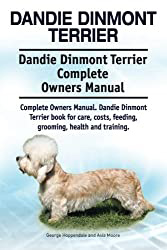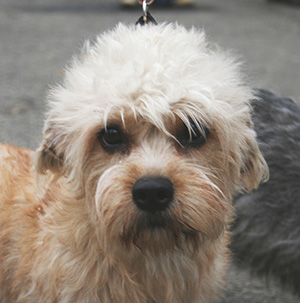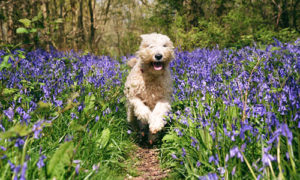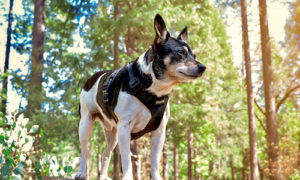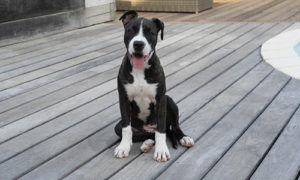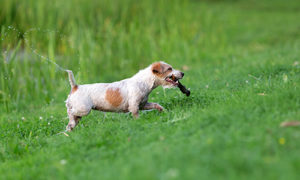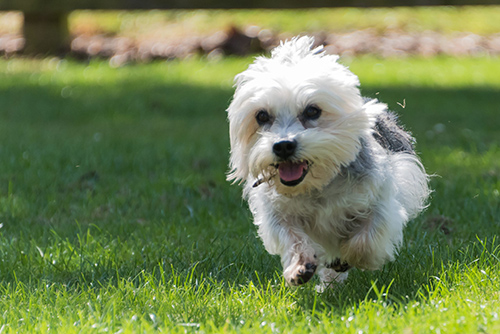
When it comes to appearance, the Dandie Dinmont Terrier may be one of the most unusual looking terriers; however, its terrier lineage is as ideal as any other.
The Dandie Dinmont first appeared as a distinct version of a terrier around England and Scotland’s border during the 18th century. During this time, farmers and gypsies mainly owned and used them to hunt and kill badgers, foxes, and otters. Like many different dog breeds, the Dandie Dinmont Terrier is no stranger to different names; other names include, Hindlee, Catcleugh, and Pepper and Mustard terriers.
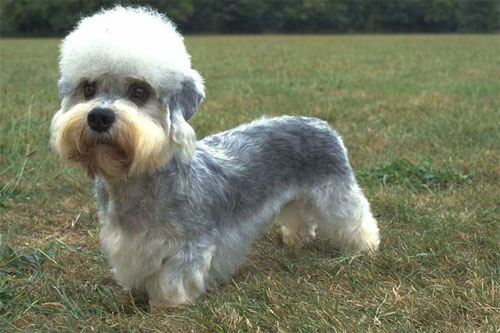
James Davidson owned the most famous of this breed; he named many of his dogs by either Pepper or Mustard and some classifying adjectives. Many people believe that Davidson and his dogs are the models for Dandie Dinmont and his dogs in Sir Walter Scott’s novel Guy Mannering, printed in 1814.
James Davidson alleges that all Dinmont terriers are descendants of two of his dogs named Tarr and Pepper. The breed at one time garnered insertion into the general family of Scotch Terriers, which included several short-legged terriers now documented as separate breeds.
In 1873, the terrier gained recognition separately from this group. Unfortunately, they never inherited the type of popularity as other terriers. Currently, they remain one of the least known terriers.
Dandie Dinmont Terrier Breed Facts
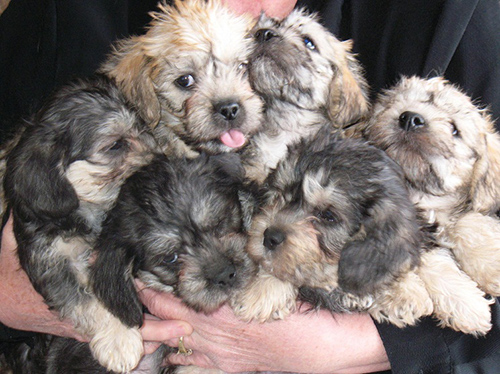
Temperament: Do not let its looks fool you. For instance, this dog is rough and tumble and always up for the hunt. However, it still functions exceptionally well as a loyal, loving companion, affectionate but not doting. It makes an excellent housepet for all ages; however, it requires daily exercise to prevent frustration. This breed is independent and very intelligent. They’re reserved with strangers and show aggression toward dogs that they do not know. Also, be prepared for some digging.
Upkeep: To stay in good condition, the Dandie needs a safe area for the occasional romp as well as a moderate daily walk. Also, Its coat should be combed twice weekly in addition to a customary scissoring and shaping. However, show dogs will need shaping on a regular but light basis. To achieve this, strip and clip your dog about four times yearly. Keep in mind, the Dandie’s coat will lose its customary texture and color when cut.
Characteristics
- Health: Thankfully, there are no major health concerns about this dog. However, there are minor concerns such as intervertebral disk disease and glaucoma. For the most part, this dog is relatively healthy and can live for 11 – 13 years.
- Popularity: Very rare
- Family: Terrier
- Origin: England and Scotland border
- Date of Origin: 1700s
- Weight: 18 – 25 pounds
- Height: 8 – 12 inches
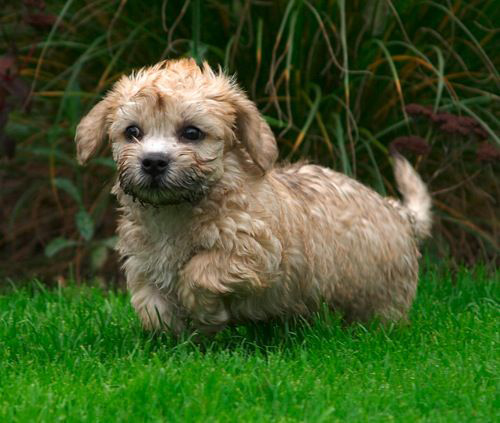
The Dandie Dinmont Terrier is not like the typical terrier. It comprises a series of curves, which ends in a scimitar-shaped tail of modest length. Also, this dog’s design allows it to get down and dirty and chase tough quarry, which is why it is two times as long as tall. Its back legs are longer than its front legs; however, its gait is still free and easy.
Its coat is very distinct and comprises hardish but not wiry hair and some softer hair about 2 inches long. Soft silky hair covers its head, which gives the appearance of a more massive head. The topknot augments Its expression, which is quiet, dignified, determined, and intelligent. Edgings on the lobe tips of the same consistency and color as the topknot improve the look.

